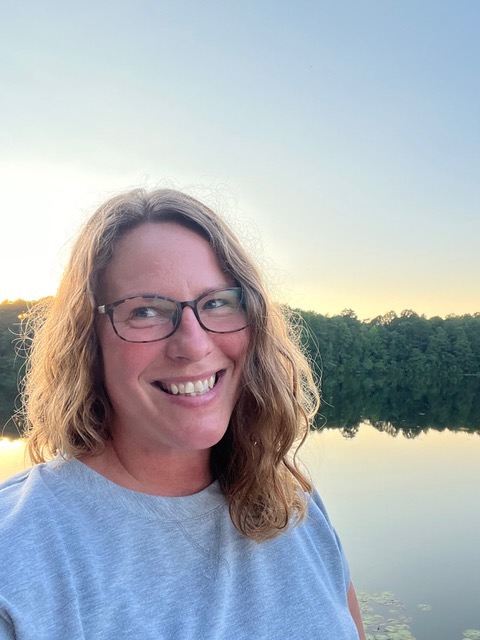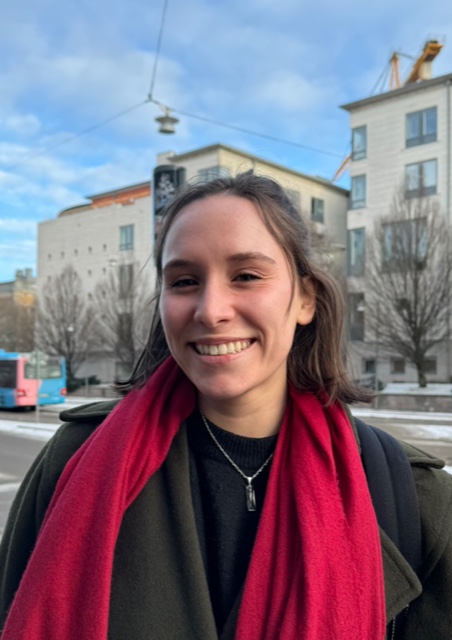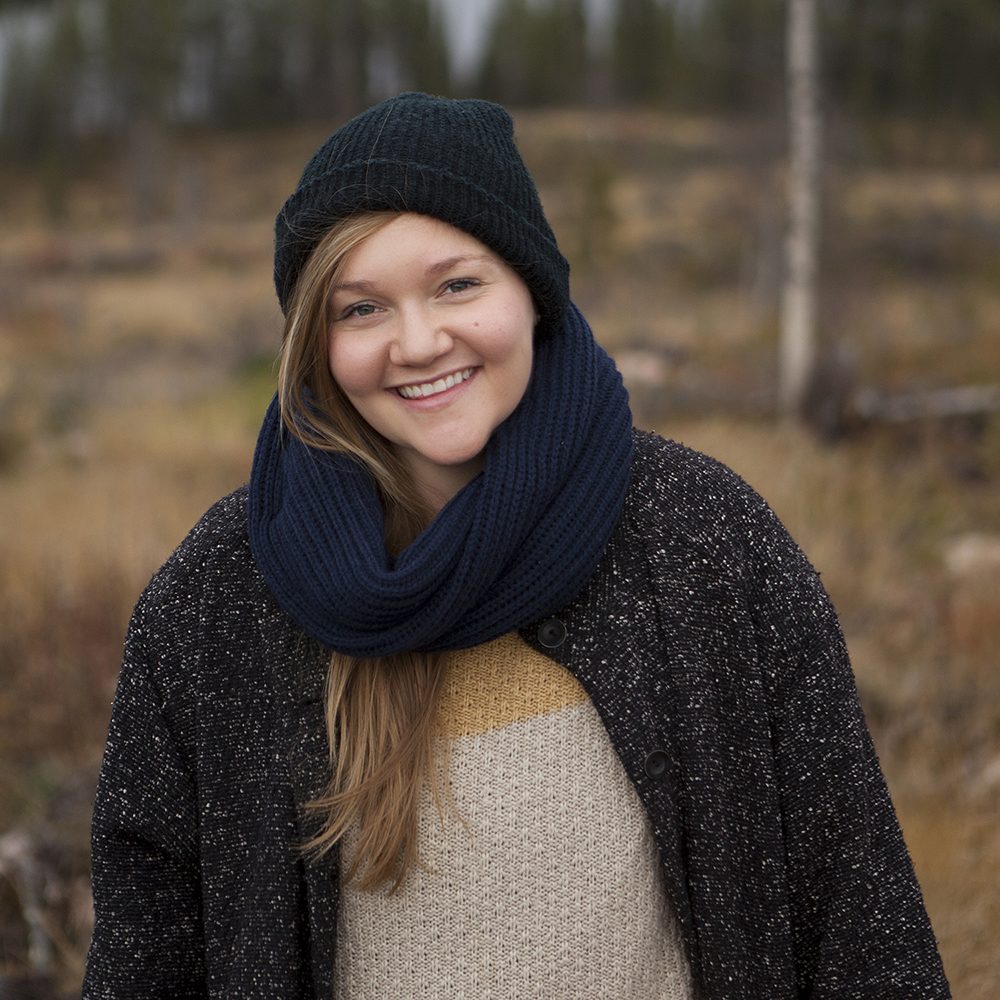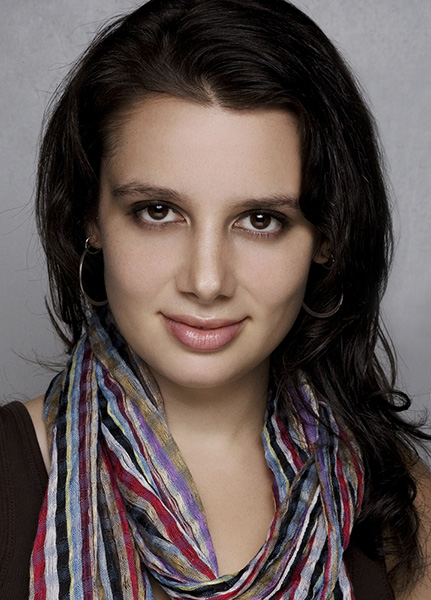Jen Shaneberger is conducting research for her PhD in International Relations/Comparative Politics with the University of Tennessee-Knoxville. This award will support her research on how political rhetoric impacts migrants’ ability to find and maintain employment in association with Linköping University. She plans to defend her dissertation in November 2024 and submit a chapter for publication in the Journal of International Migration and Integration. Her ultimate career goal is to become a Foreign Service Officer.



















